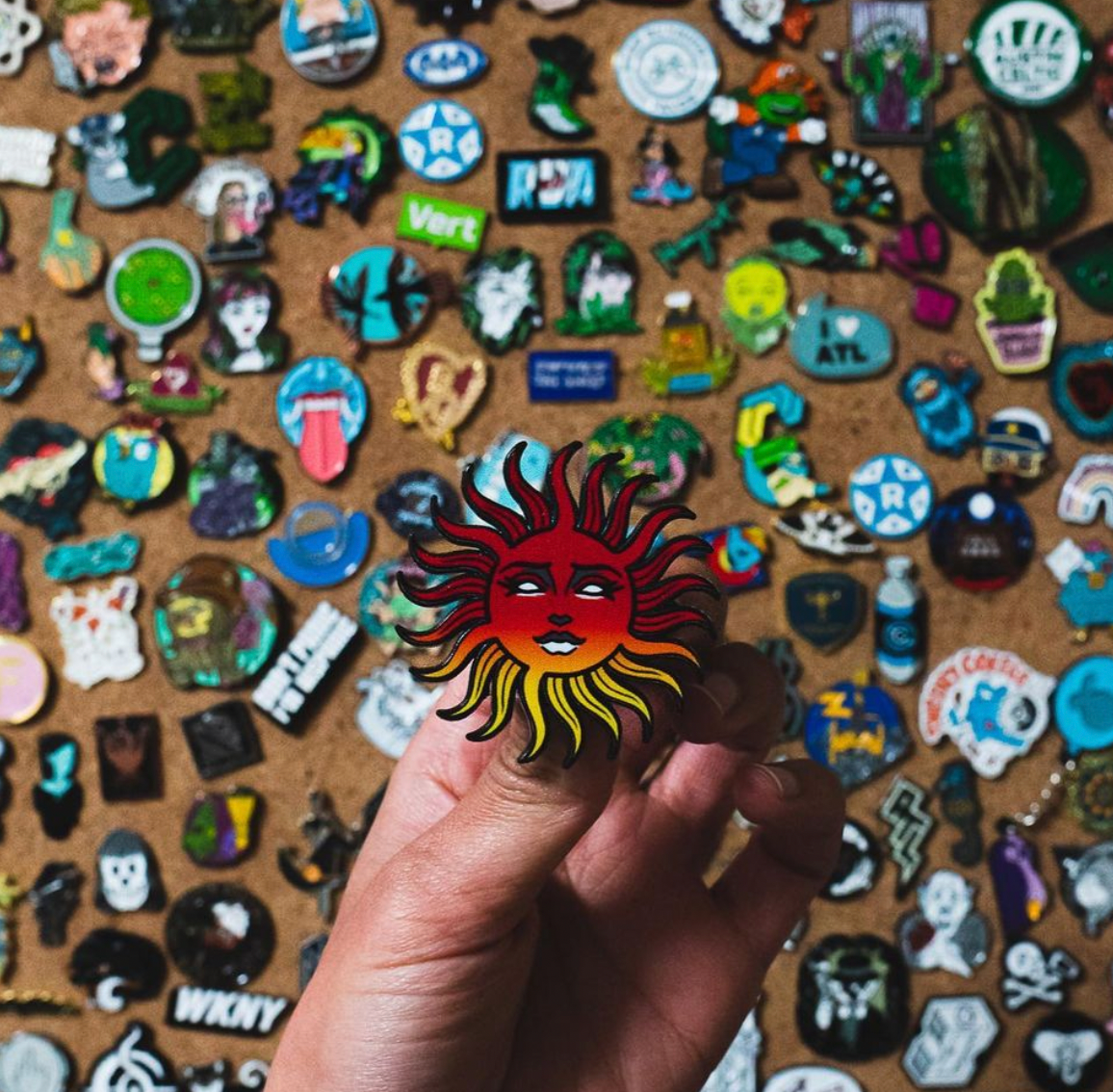By Baylor Meche
During these times of limited contact and isolation, the world of online interaction has grown substantially. Whether you’re an artist who is just starting out or someone more established in their career, creating an online shop is key for selling your products. Setting up an e-commerce store can seem like a daunting process. However, these tips will help you get started with an online store.
What Should I Sell?
Before you start selling, it’s important to know what your customers want. If you have a large library of designs, you should select the pieces that fans react to most. Social media is perfect for gaining feedback, and will ensure the designs you select are optimized regardless of your artistic medium.
If you have an Instagram Business Profile, the Insights tab allows you to see what content gained the most engagement throughout the year. Selecting the posts that gained the most likes, comments, etc is a great place to start. This method still works with a normal account, but will require some scrolling and manual observation. From there, you can create a poll in your story to ask what your followers would want to see. Using this feedback will ensure you don’t waste time and money on designs that won’t sell.
So Many Platforms
There are several options for creating an e-commerce store, and it can be difficult to choose which one is best. It’ll take some due research to find what’s best for you, however these are a few of my personal recommendations
• BigCartel: Great for beginners looking to make extra income. Low monthly cost with limited customization and features.
• Shopify/BigCommerce: These “Pay more to get more” style of platforms can get expensive - some stores are easily over $200 a month. On the flip side you will get all the bells and whistles to maximize your sites functionality and visibility online.
• Etsy: Caters to handmade/vintage sellers with the added bonus of a marketplace for those outside of your reach. However, you run the risk of your shop being buried in the millions of others there too. Ultimately Etsy is great for more limited stock items like earrings, sculptures or hand crafted accessories.
Cost and Pricing
Now that you’ve selected a platform, it’s time to consider the costs you’ll incur and the pricing of your products. Set a goal for yourself. If you think you can sell 30 prints in a month, what would they have to be priced at in order to make a profit? If the cost of your store is too high, your pricing can skyrocket leaving you with products that aren’t selling. It can be a bit of a guessing game at the start, but with some planning and careful monitoring of your store’s sales you’ll be able to find a price system that works for you and your fans.
Shipping
One of the most crucial aspects of selling online is how you’ll be sending customers their orders. USPS offers several resources for shipping, and even provides certain freebies like labels. Be sure to do your research and equip yourself with the tools needed. Items like a scale, tubes for prints, boxes, and envelopes should be included in your start up costs. Some commerce platforms integrate shipping options, however planning a system to send your sales out is key before launch.
Branding Yourself
Something many artists forget in the set-up process is the customer experience when making an order. It’s easy to simply send out an order and be done with it, but what kind of impression does that leave? It’s important to diversify yourself and make your customers remember you. Adding promotional items like stickers, hand written notes, and other forms of personal touch will leave your customers happily surprised. Additionally, creating unique and custom packaging makes you stand out and can lead to praise via social media, word of mouth, etc.
Now that you’ve asked yourself the hard questions, it’s time to start selling! The process of creating an online store is no easy task, and will definitely take some research. Hopefully these tips can get you started on your sales journey and prepare for the inevitable launch. The hard work is over, and it’s time to put your stamp on the world with a custom store.









